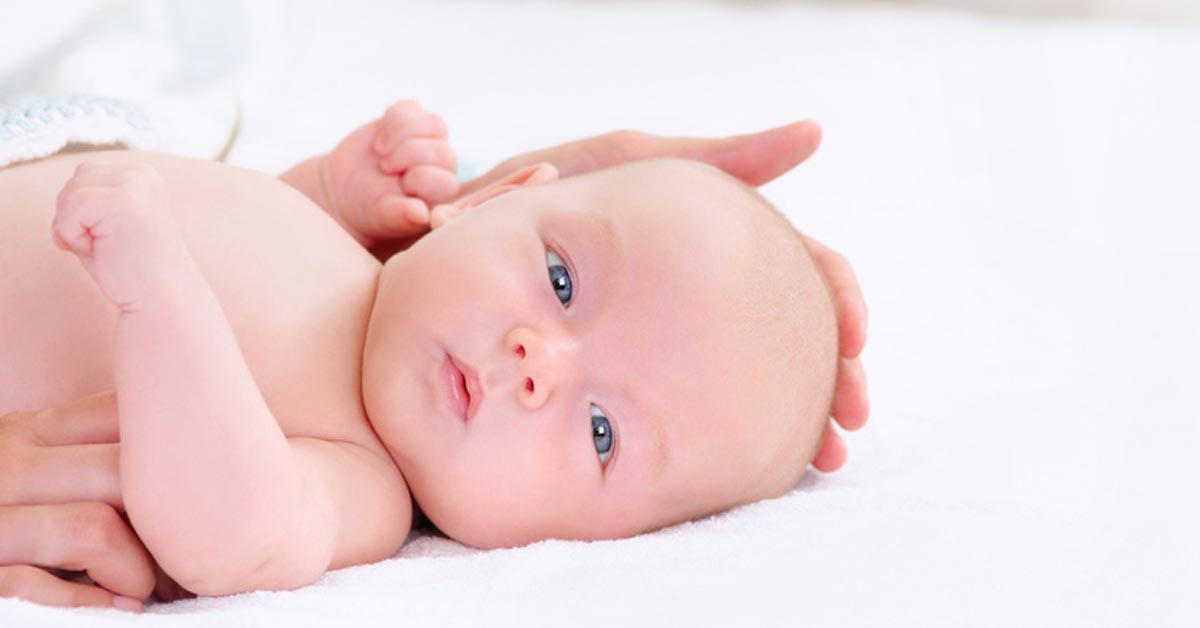
You may wonder what your newborn’s head shape has to do with a dental check. Aren’t dental checks all about teeth?
The surprising answer is no. Our understanding of the link between skull formation, development and oral health is growing all the time. Your baby’s head shape may have far more to do with their lifetime dental health than you imagine.
Your newborn’s head
You may notice your newborn’s head doesn’t feel hard like an adult’s. It’s soft and malleable. That’s because a newborn’s skull is not fully formed. There are noticeable spaces – open cranial sutures – that feel soft to the touch. This may seem like a design flaw! But this flexibility in your baby’s skull helps it to move more easily through the birth canal.
Similarly, the newborn jaw bone is a mere shell. At birth, it’s incomplete – and the left and right-hand sides are separate. In the center of the chin is the ‘symphysis’ where fusion occurs at around 6-9 months of age. The jaws are going through crucial growing periods long before your baby’s first teeth erupt at 3-6 months old.
How many bones are in the skull of a baby?
The newborn skull has 2 frontal bones, 2 side (parietal) bones, and 1 back (occipital) bone.
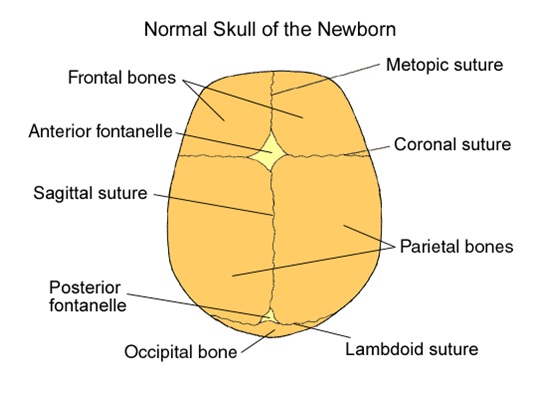
Why do babies’ soft spots ‘sink in’?
In most vaginal births, the baby is born head-first. The journey through the birth canal molds the head into an oblong shape. The malleable skull bones and soft spaces allow the head to change shape.
Over time, the skull bones slowly fuse together. Your child’s skull should be fully formed by around age 3.
A child goes through critical growth periods until around age 10. In the first few months of life, your child shows critical signs of head and neck development that may relate to the experience in the womb.
Do the doctors shape the head of a newborn?
As we’ve seen, the birth itself may shape your child’s head. Just as straightforward vaginal births may help shape a baby’s head in the right way, a traumatic or C-section birth may not.
Difficult births include:
- Premature birth
- Births during which the umbilical cord is caught around the baby’s neck
- Difficult or lengthy labor
- Caesarean section (C-section)
These atypical births can result in an asymmetrical skull and jaw formation, influencing posture and growth during development. Later in life, this in turn may increase your child’s chances of cranial imbalance and the need for braces.
Why do babies get flat heads?
It’s normal for a newborn’s head to look pointy for a few days or weeks after birth. But if a baby develops a lasting flat spot, either on one side or the back of the head, it could be flat head syndrome.
What does plagiocephaly mean?
The head is flattened on one side, causing it to look asymmetrical. The ears may be misaligned and the head looks like a parallelogram when seen from above. Sometimes the forehead and face may bulge a little on the flat side.
What does brachycephaly mean?
The back of the head is flattened, causing the head to widen, and occasionally the forehead bulges out.
What does torticollis mean?
Torticollis refers to a twisted neck. A twisted neck position may be due to:
- Abnormal birth position (including breech position, where legs or buttocks face the birth canal).
- Use of forceps or vacuum devices to deliver a baby during childbirth.
Abnormal birth positions or pressures can put strain on the baby’s sternocleidomastoid muscle (SCM). This large, rope-like muscle runs from the back of the ears down both sides of the neck to the collarbone. Improper birth posture can cause the SCM to tighten. The result? Your baby may not be able to turn their neck properly.
Babies with torticollis will act like most other babies – until they try activities that involve turning. A baby with torticollis might:
- tilt their head in one direction
- look at you over one shoulder instead of turning to follow you with their eyes
- have difficulty breastfeeding on one side (or prefer one breast only)
- work hard to turn toward you and get frustrated when unable to turn their head completely
- have a very tense body
- cry a lot
- seem to struggle for air
- sleep with their head tilted back and to the side
How should a newborn sleep?
If your baby sleeps with their head tilted back and to the side, it may be a sign of spinal imbalance. The reason a child tips their head back is to open the airway. If your baby sleeps in this position, there may be other signs of spinal imbalance.
Other signs of asymmetry include:
- A folded ear
- One eye that is smaller than the other
Dr. Rosalba Courtney is an osteopath specializing in newborn breathing and skeletal posture. She says that flattening of the skull may be seen by a twisted mandible on the same side and flattened ear on other side.
“The cranial strain lesion I’m seeing quite often is called a left side-bending rotation. In this lesion pattern, you will see a relatively flat ear and temporal on the right, while on the left, the ear sticks out more.
The mandible deviates to the left (side of externally rotated temporal bone). The eye orbit size is increased on the right. This seems to be the most common cranial lesion I see these days and others report this too. I believe it could be linked with head position during sleep of babies who have reflux and airway issues. They turn their head to the right and extend the neck to open the airway and improve the reflux.”
Cranial-sacral assessment
A cranial-sacral or cranio-sacral assessment with an experienced practitioner can be helpful in both diagnosing these problems and planning treatment. The practitioner will look at your baby’s posture and check for tension at the base, top of the neck and limbs. Treatment often involves the spinal C1 and C2 joints.
Always consult with your physician before seeking cranial adjustments on newborns.
Worried About Your Baby’s head Shape or Posture?
Make a note of any concerns and your baby’s appearance, posture and behavior, and see your doctor or pediatrician as soon as possible. Always consult your doctor or physician before seeking spinal assessment on a newborn or child.
Have you noticed any of these signs in your newborn? Leave your experiences in the comment section below.
For more information on Dr. Lin’s clinical protocol that highlights the steps parents can take to prevent dental problems in their children: Click here.
Want to know more? Dr Steven Lin’s book, The Dental Diet, is available to order today. An exploration of ancestral medicine, the human microbiome and epigenetics it’s a complete guide to the mouth-body connection. Take the journey and the 40-day delicious food program for life-changing oral and whole health.
Click below to order your copy now:
US AMAZON
US Barnes & Noble
UK AMAZON
Australia BOOKTOPIA
Canada INDIGO
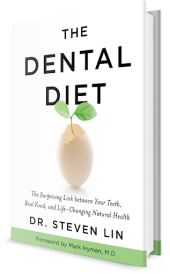
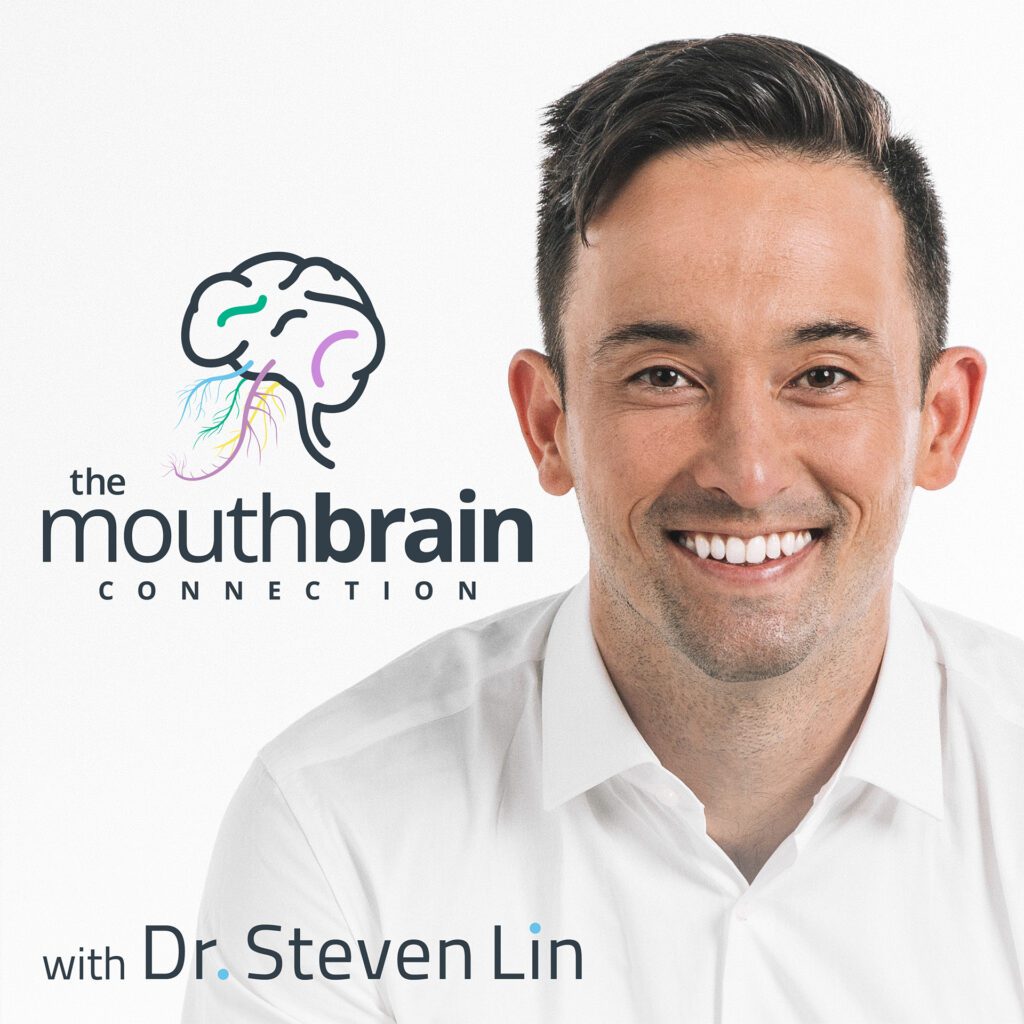
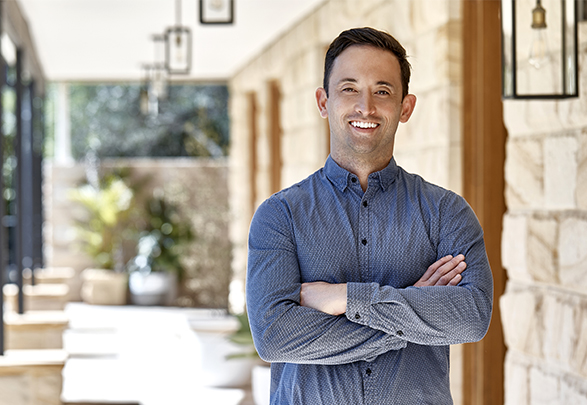
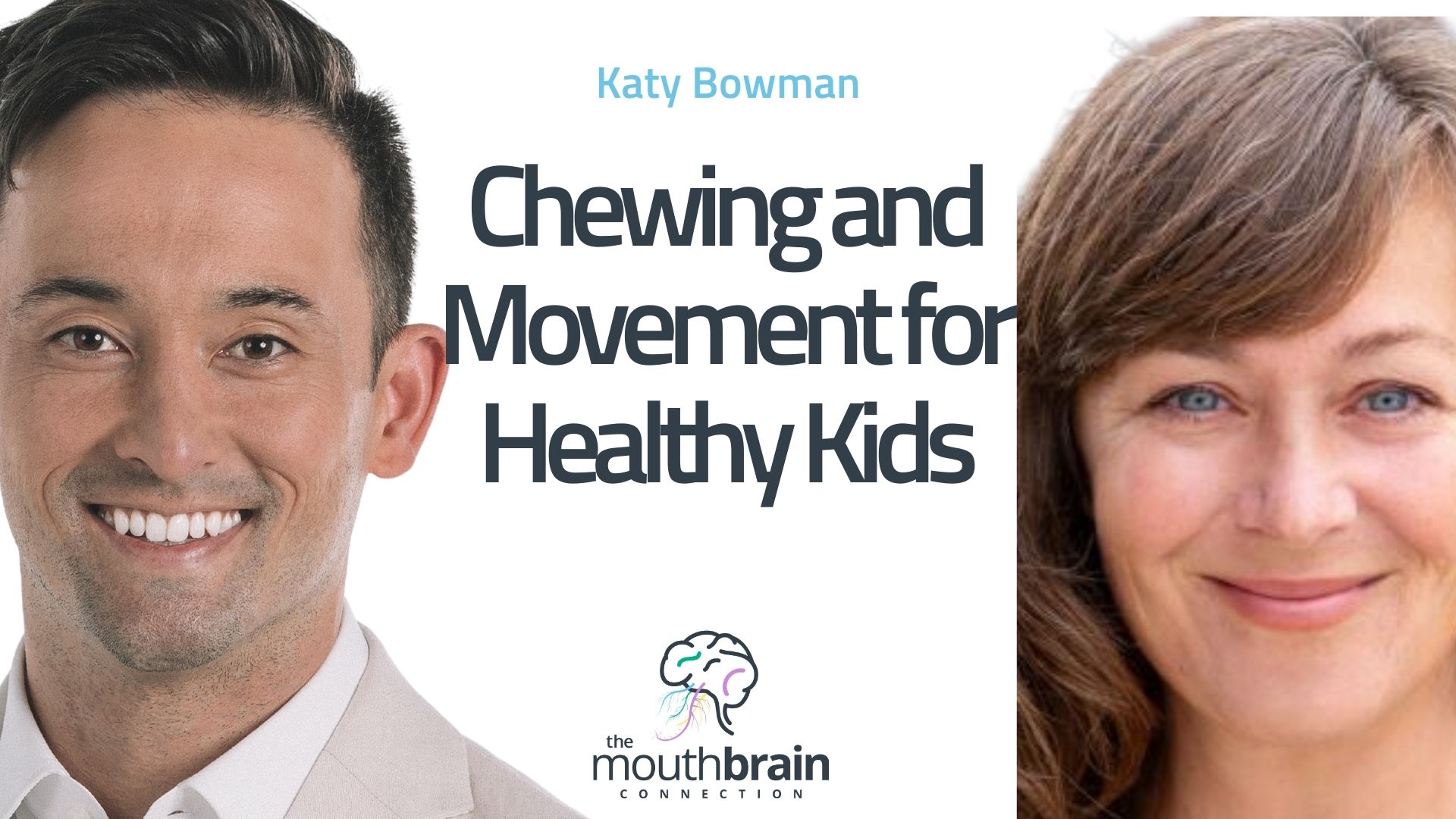
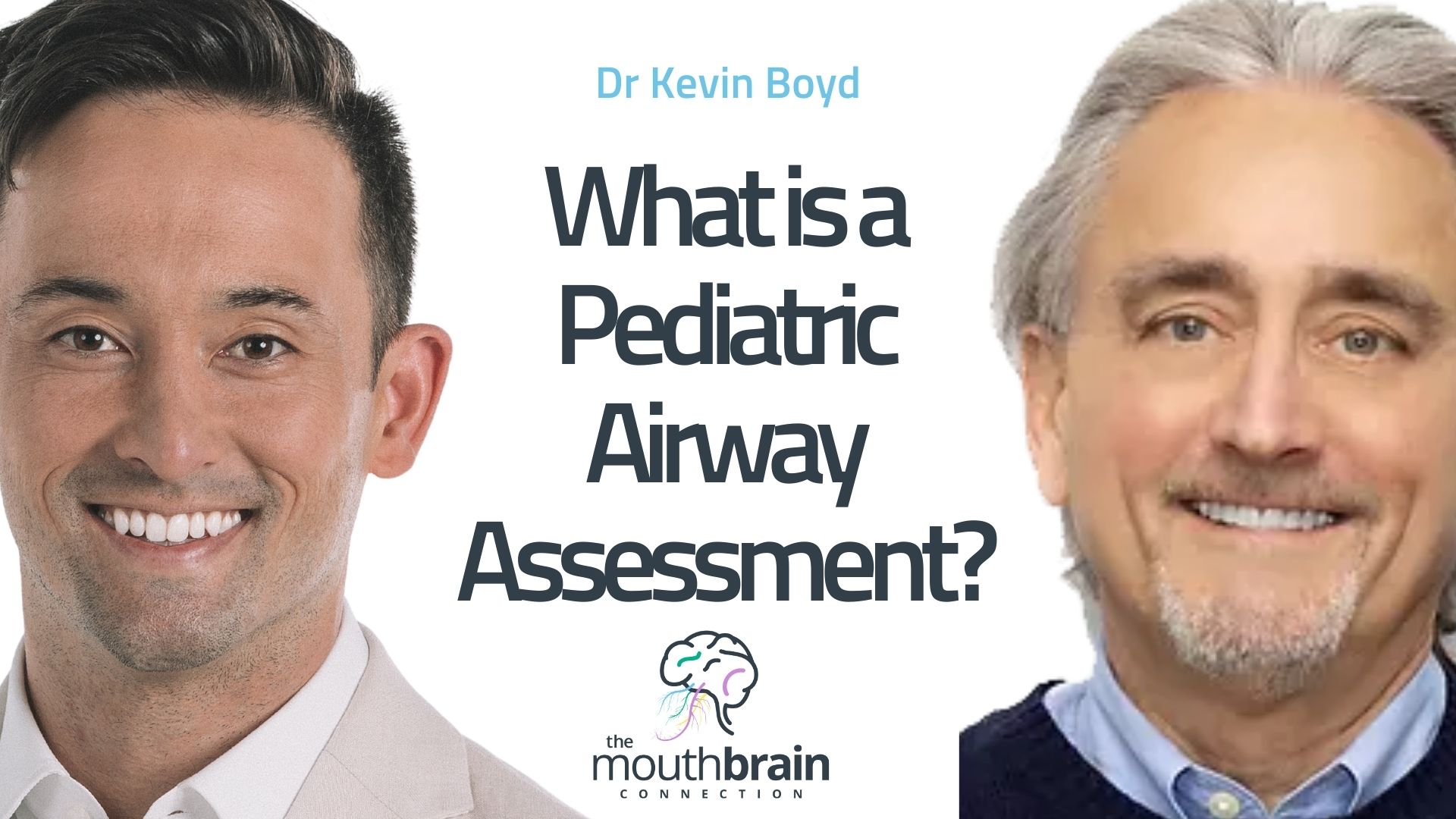
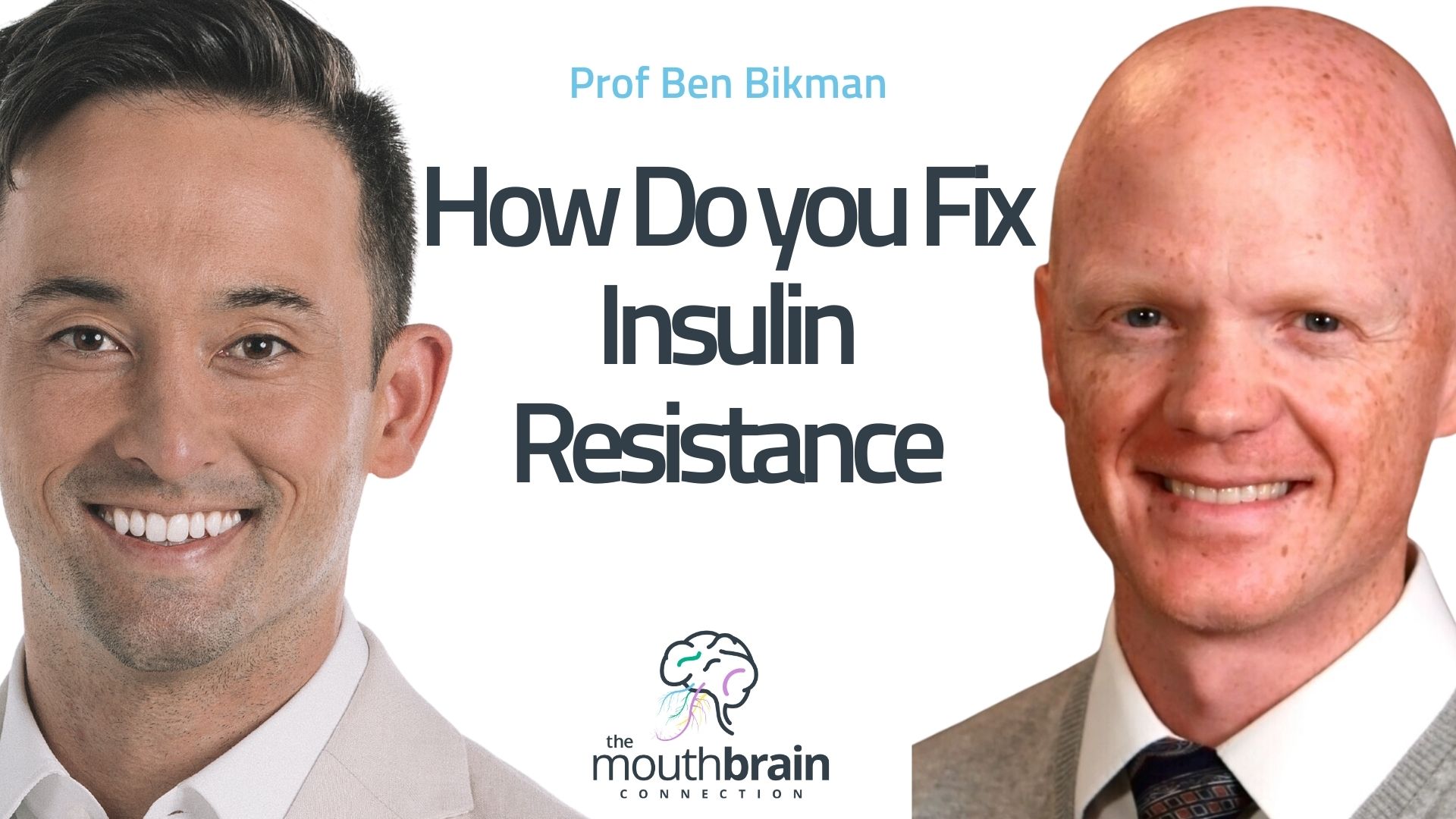


11 Responses
Thank you. Did you know that it is standard procedure in Brazil to check the frenulum linguae by new borns. Tongue position and correct swallowing are crucial for optimal facial development.
Hi Hugo,
Yes the Brazilians are leading the world in this area! There will be some very interesting data creeping out of this in 10-15 years, but we can’t wait that long for the problems to take place.
Hello,
After visiting your website to check its loading speed, we’ve thought you could be interested in our hosting service offer…
Due to high competition these days, this is crucial that your website loads fast for your online success : more sales and better ranking. To meet these conditions, you need both a top hosting service in background, and in front-end : a well optimized website…
This is impacting directly your revenues/ranking, we have selected a few articles that explain the deep stake :
https://www.yoorshop.fr/announcements/436/Impact-of-loading-speed-of-your-site-on-your-revenues-and-SEO.html
At YOORshop, we have built hosting services for only ultra-performances. Your website just deserve to rock !
We are trained like sport machines to satisfy you, and this will be with no pain for us.
We will put in your hands the background conditions to get a fast loading website, it begins by top hardware technologies :
https://www.yoorshop.fr/knowledgebase/3019/Diagram-100-SSD-3D-V-NAND-server-with-Fastpath.html
Followed up by well tweaked top server softwares, and thus offering extreme performances, and essential features :
– Nginx server with litespeed PHP
– MariaDB
– Http2 (use SSL)
– Pagespeed module (to help optimize your loading speed)
– Brotli compression
– Servers located in Europe in 13 countries, and in USA Canada
– Free SSL and unlimited (essential these days for trust of visitors and speed of http2)
– 10 days backup
– Advanced threat and traffic protection, WAF included
– Unmatched quality support : we answer on average within 30 minutes
See clients authentic reviews :
https://www.yoorshop.fr/avis-evaluations-yoorshop-reviews.php
Most clients came from other hosts, some examples namely : OVH, Inmotion, 1and1, Fastcomet, a2hosting, Siteground, Interserver, Hostpapa… Clients compared performances between them ans us, conclusion is very clear : they all said performances was best with us for same price paid…
Have a look, we even show you how fast are doing websites of our existing clients :
https://www.yoorshop.fr/ssd-hosting-france-europe.php
Come and test our services, we offer 30 days money back guarantee, and free website transfer !
Thank you for your attention,
Yours faithfully,
Daniel – Customer service YOORshop
YOORshop SAS – RCS Lyon 817466147
52 route du clos, 69700 Montagny – France
NB : this is not a message with an email subscription to any mailing list, you will not be contacted again
Hello Dr. Lin, Thank you for your wonderful book! I have long followed WAPF and really appreciate you bringing your expertise ‘to the table’.
My 4 month old granddaughter has developed plagiocephaly/brachycephaly. She has been evaluated by a pediatrician who recommended a helmet and so the parents have also had that eval. done. However, it seems to me that much of this could be resolved with time and baby positioning, normal brain growth, breastfeeding, etc. Has it been found that it is necessary for the baby’s facial, jaw, etc development to turn to a ‘helmet’ as treatment? Or is osteopathic treatment recommended? We are gathering information at this time before making any decision.
Thank you for any input.
Meredith T
The shape of the head of the newborn may be indicative of many things. We should pay attention to the main signs in order to avoid any possible defects at an early age.
Hi there,
Yes, indeed! Thank you for sharing this. Hope this helps!
Thanks!
Chelsea
Community Manager
http://www.drstevenlin.com
This article clearly answers the many questions faced by almost all couples who become parents for the first time and do not yet know many nuances.
Awesome Thanks For sharing. this is very important information for Beginner Dentist
Thanks for the great article. This has answered many questions which arise in the minds of especially the first time parents who are always curious about facts regarding the baby. Actually the relation between baby’s head and dental health was impressive.
Dental implants Henrico VA
Your article helped me to understand some aspects that before seemed to me something wrong, but it turns out that these are normal stages of development.
Thanks for sharing dental related blog about The Infant Dental Check: Newborn Baby Head Shape